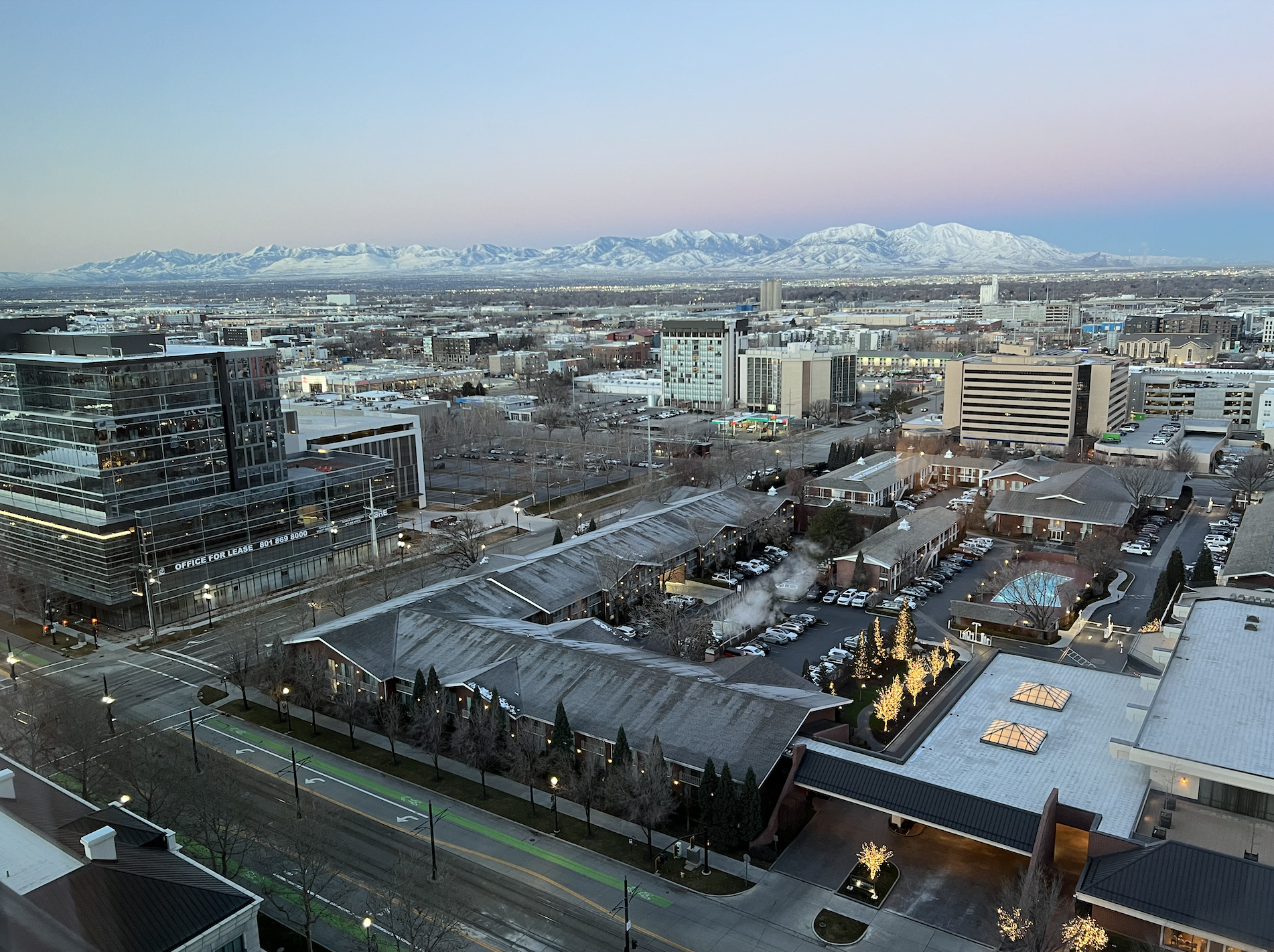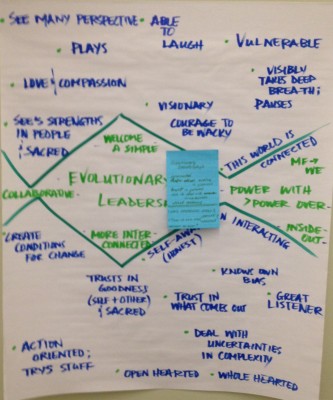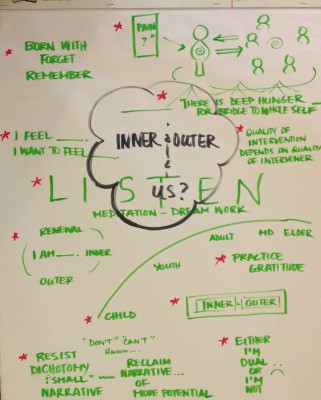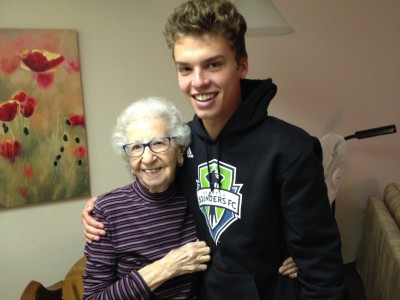I have flown many times from Salt Lake City to Seattle. Yesterday was a time when I happened to have a window seat, a clean enough window, and clear enough weather to catch a few vistas using my phone. I could see the Salt Lake Valley when taking off. I could see Seattle when landing.
Vistas often inspire, don’t they. Stretch the sight. Stretch the vision. Expand one’s imagination and range of perspective. They do for me. From top left to top right, then bottom left to bottom right, here’s the sequence from yesterday.
If I’m correct, the first is Antelope Island State Park, just north of the Salt Lake airport. It’s an island in The Great Salt Lake. The park is known for its free range antelope, bison, and bighorn sheep. The lake itself is known for its long skinny size (80 miles by 30 miles), it’s shallow depth (average is about 16 feet), it’s color that I don’t fully understand (lots of green, brown, and turquoise) but is influenced by its, well, salt. That’s the Rocky Mountains snow capped in the background, the Wasatch range.
The second picture is likely somewhere over Eastern Washington. It still amazes me to be able to pop up over the clouds, which you can see is a pretty solid blanket, and see the blue sky horizon.
The third picture is some of the breaking clouds coming into Seattle. I’ve learned that patches of blue sky like this in Seattle are often called a “sunny day.” Well, I suppose that is more true in months other than July and August.
The last picture is descent close to SEATAC airport. The ports are interesting to me, the amount of transportation and exchange that happen at the edge of a continent. The stadiums, home to the Seahawks NFL and the Mariners MLB teams. The body of water is Elliot Bay. That little tip of land just beneath the clouds is West Seattle where my son is now engaged in faith community service.
Big picture will always matter, right. Yes, the on the ground awareness too. But for yesterday, just the joy of some sights that I’ve seen often, yet don’t get to see or feel every day.







